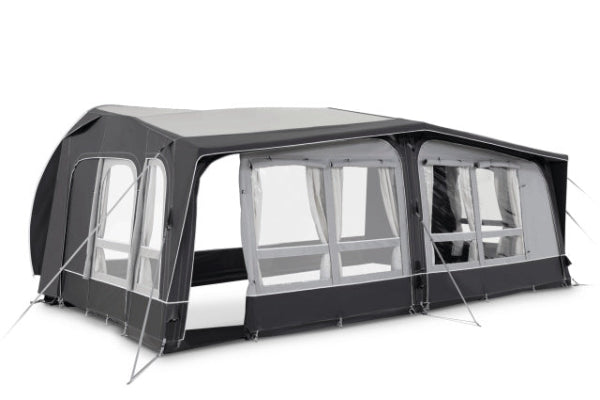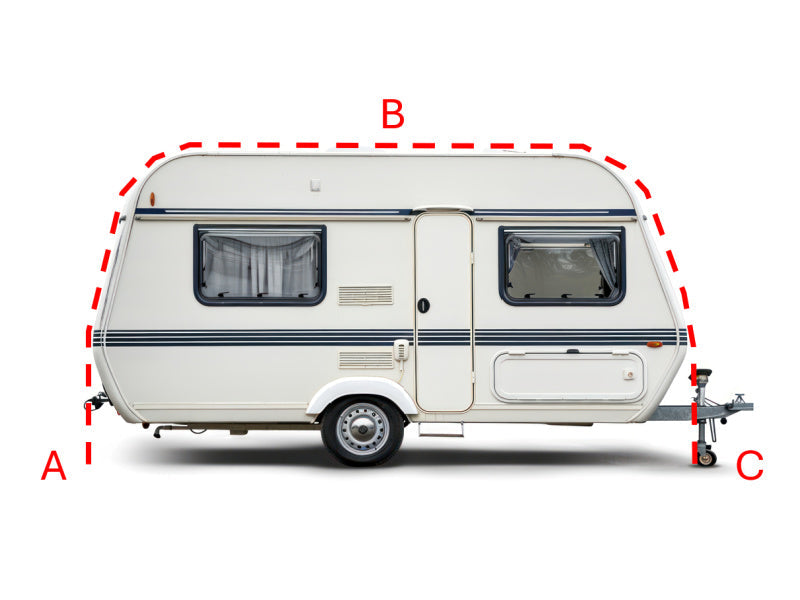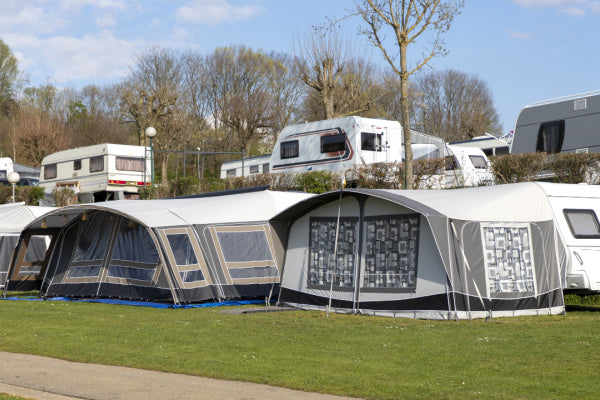Choosing the Ideal Camping Generator Size
Wondering how big of a generator you need for camping?
Short answer: 1,000–3,500+ watts, depending on your gear and glamping level. From charging phones to powering fridges and heaters, the right camping generator keeps the fun (and coffee) flowing. Stick around to find your perfect portable power match!
Step 1: Calculating Your Camping Power Needs Accurately
Determining Your Wattage Requirements: The Foundation of Your Choice
Starting Watts vs. Running Watts: Understanding the Key Difference
Some appliances draw more power to start than they do to keep running.
For instance, a fridge may need 100–200 watts just to kick on, but only 50–100 watts to stay on.
This difference matters when choosing your generator.
Always check both figures—start-up and running wattage—in the manufacturer’s specifications.

How to List Your Camping Appliances and Add Up Their Wattage
Before picking a generator, write down everything you plan to power.
Add up the running wattage of all items, and include the highest starting wattage separately.
This helps you avoid overload and keeps your setup running smoothly.
Common Tent Camping Devices & Power Consumption (Lights, Chargers, Fans)
-
LED lights: 5–10W
-
Phone chargers: 5–10W
-
Small fans: 10–50W
-
Laptops: 20–50W
Typical RV Appliances & Their Wattage (AC, Microwave, Fridge, CPAP)
-
Microwave: 600–1000W
-
RV fridge: 100–200W (starting), 50–100W (running)
-
CPAP machines: 30–60W
-
Air conditioner: 1000–2000W+
Don't Forget Intermittent High-Draw Items (e.g., Coffee Maker, Hair Dryer)
-
Coffee maker: 600–1000W
-
Hair dryer: 1000–1500W
These may only run briefly, but they can spike your power needs.
Make sure your generator can handle those moments.
Using Online Wattage Calculators and Manufacturer Specs
Plenty of wattage calculators are available online.
They’re useful for estimates, but nothing beats checking the device label or manual.
Relying on verified specs is the safest way to plan your power use.
Translating Wattage Needs into an Initial Generator Size Category
Small Generators (e.g., under 1000W): For Basic Device Charging & Lights
Great for minimalist campers who only need to charge phones, run lights, or use a laptop.
They’re lightweight, quiet, and easy to carry—ideal for solo travellers or ultralight setups.
Medium Generators (e.g., 1000W - 2000W): Common for Tent Camping, Pop-Ups, Small Appliances
These strike a solid balance between portability and power.
They can handle a small fridge, kettle, fan, and a few gadgets.
Perfect for couples or small families on standard camping trips.

Large Generators (e.g., 2000W - 4000W+): For RVs, Air Conditioners, and Multiple Appliances
If you’re running multiple high-draw appliances, you’ll need a larger unit.
These are more powerful but heavier, and better suited for car campers or RV users.
Special Considerations for RV Campers: 30-amp vs. 50-amp Systems
RV owners must match their generator to their setup.
A 30-amp RV setup typically needs around 3,600 watts.
For 50-amp systems, power demands can reach 12,000 watts or more.
You may also need a parallel kit or adapter for compatibility.
Step 2: Selecting the Right Generator & Key Camping Considerations
Comparing Generator Types: Finding Your Best Fit
Inverter Generators: Quiet, Fuel-Efficient, and Safe for Sensitive Electronics
These are popular with campers for a reason.
They’re quieter, more fuel-efficient, and produce cleaner power.
Safe for delicate electronics like laptops and smartphones.
Conventional Portable Generators: Higher Output for Lower Cost, but Noisier
They provide a lot of power for a relatively low price.
However, they’re heavier, noisier, and not ideal for tech gear.
Best for large appliances or when silence isn’t a priority.
Solar Generators (Portable Power Stations): Silent, Eco-Friendly, Indoor-Safe – When Are They Sufficient?
Solar generators work well for short trips and charging low-power devices.
They’re silent and clean, making them good for tent use or eco-conscious setups.
That said, they struggle with heavy appliances or poor weather.

Essential Features Beyond Wattage for a Good Camping Experience
Noise Level (Decibels - dB): Critical for Campgrounds & "Quiet Camping Generator" Needs
Noise matters in shared spaces.
Look for generators with ratings around 60 dB or lower.
Many campsites have strict quiet hours, so don’t be the one who brings the racket.
Fuel Type & Efficiency: Petrol, Propane, Dual Fuel, Solar/Battery Runtime
Petrol is the standard, but propane burns cleaner and stores longer.
Dual-fuel units offer flexibility.
Solar options are silent, but runtime and recharge times can vary.
Portability: Weight, Size, Wheels, and Handles for Campsite Mobility
You’ll thank yourself later for choosing a lighter unit.
If it’s over 20kg, wheels and a handle are a must.
Car campers have more leeway, but backpackers should go ultra-compact.
Outlets and Ports: Matching Your Devices (USB, AC, DC)
Make sure the generator supports everything you need.
Common options include USB ports for phones, AC outlets for appliances, and 12V DC outputs for car gear.
Parallel Capability: For Future-Proofing or Increased Power
Some models let you connect two generators.
That means you can upgrade later without replacing the whole unit.
Good for those who expect their needs to grow.
Safe & Considerate Generator Use, Plus Power Alternatives
Critical Safety: Carbon Monoxide Dangers, Proper Ventilation, and Placement
Never run a generator indoors or in enclosed spaces.
Always place it outside with proper ventilation.
Use a carbon monoxide detector when possible for added peace of mind.
Campground Etiquette: Adhering to Noise Restrictions and Generator Hours
Respect posted quiet hours and keep your generator use reasonable.
Even a “quiet” unit can be loud in a silent forest.
If in doubt, ask your neighbours or the campground host.
Basic Maintenance and Fuel Handling Tips
Check oil levels regularly and use fresh fuel.
Run the generator occasionally when not in use to keep it in good condition.
Clean air filters and follow your manual’s schedule for upkeep.
Exploring Alternatives: High-Capacity Power Banks, Car Inverters, or Going Unplugged
For short trips or light needs, consider skipping the generator altogether.
Power banks, car inverters, and solar lanterns can cover essentials.
Sometimes disconnecting fully is part of the charm.
Other content you might like:
- What Are The Disadvantages Of A Portable Generator?
- Will A 1000w Generator Run A Refrigerator?
- Should You Leave A Generator On All Night?
- How Long Will A 2000-Watt Generator Run On A Full Tank Of Gas?
- Where Is The Best Place To Put A Generator When Camping?
- How To Cover A Generator In The Rain?
- Do I Need To Ground My Generator When Camping?
- Is It Okay To Enclose A Generator?
- How Long Can A Portable Generator Run Continuously?
- How Long Can Gas Sit In A Generator Before It Goes Bad?
- Will A 3500 Watt Generator Run Two Refrigerators?
- What Are The Tips For Using A Portable Generator?
- How Generators Work For Dummies?
- Do You Have To Turn Off Your Main Breaker When Using A Generator?





Leave a comment